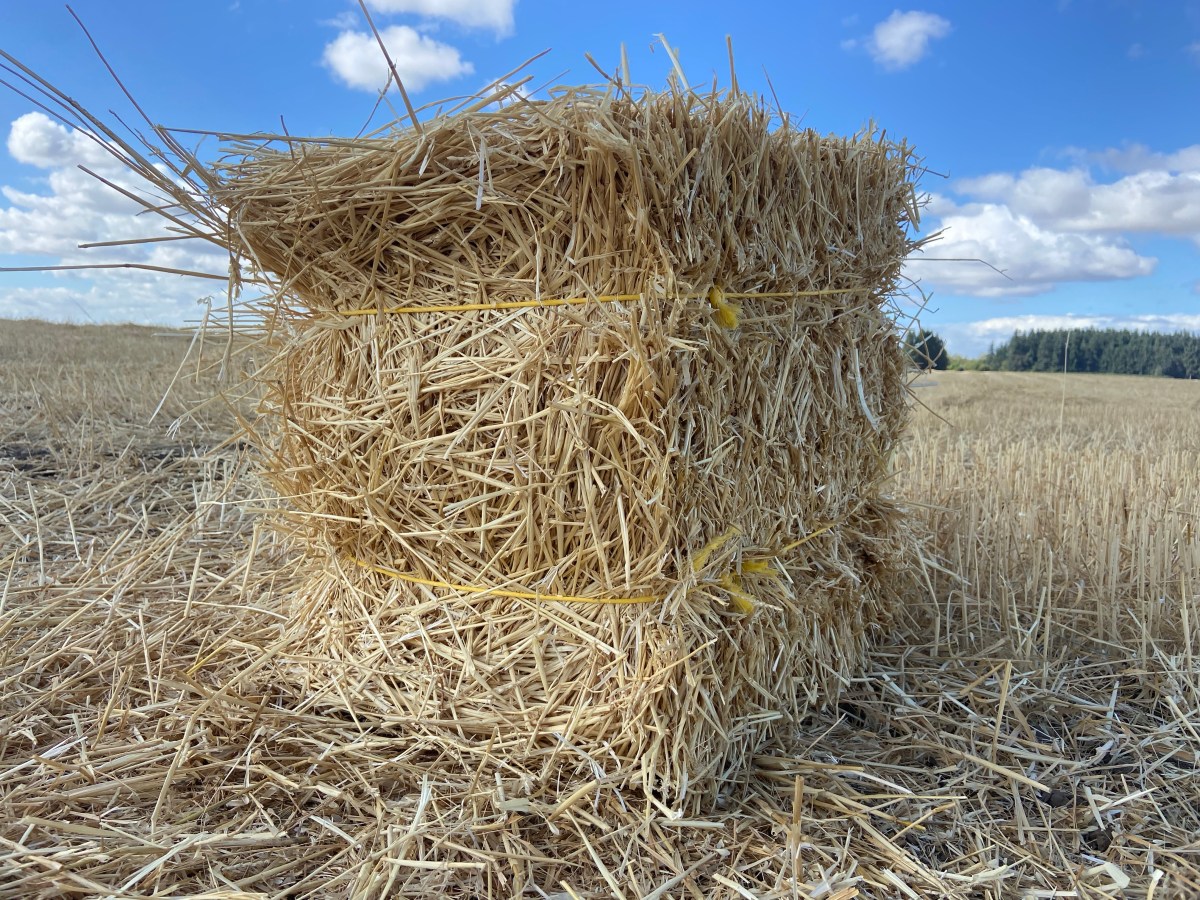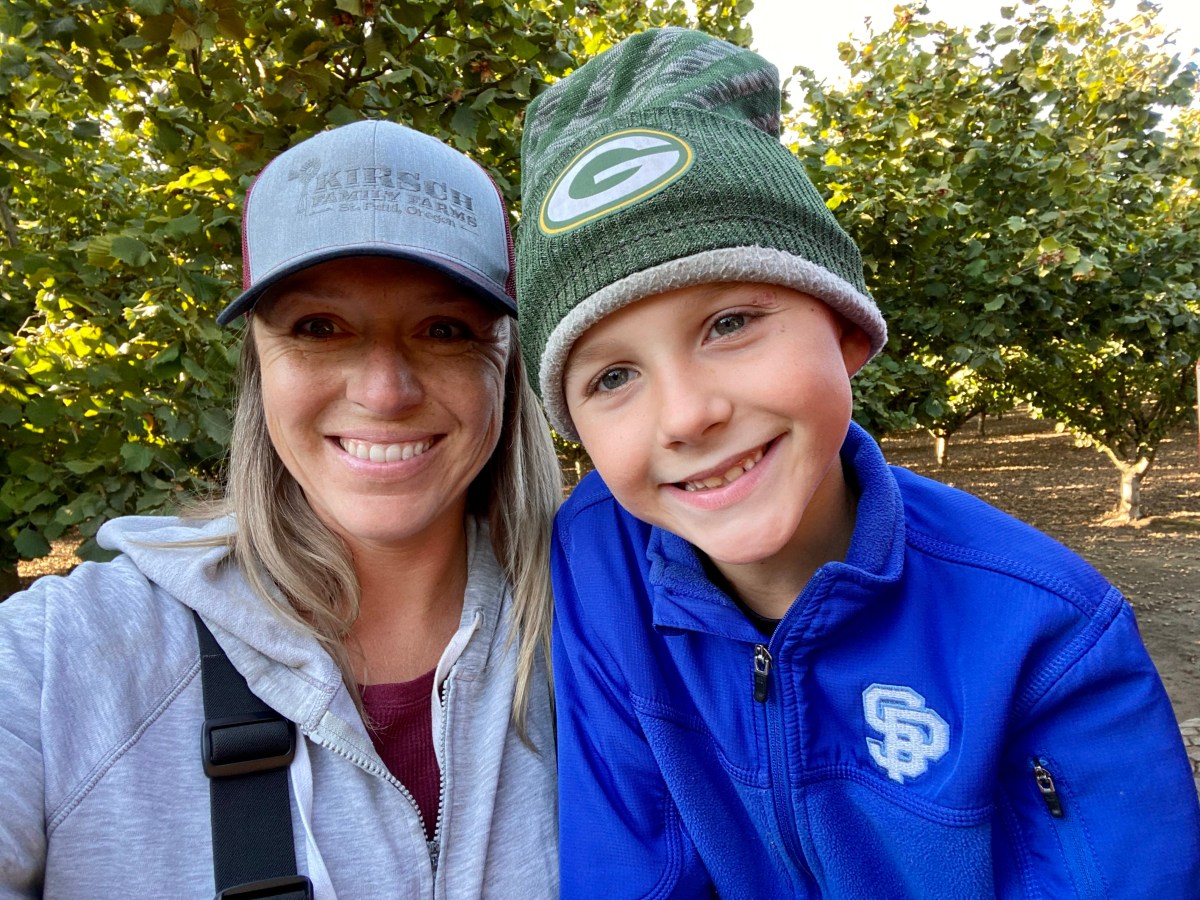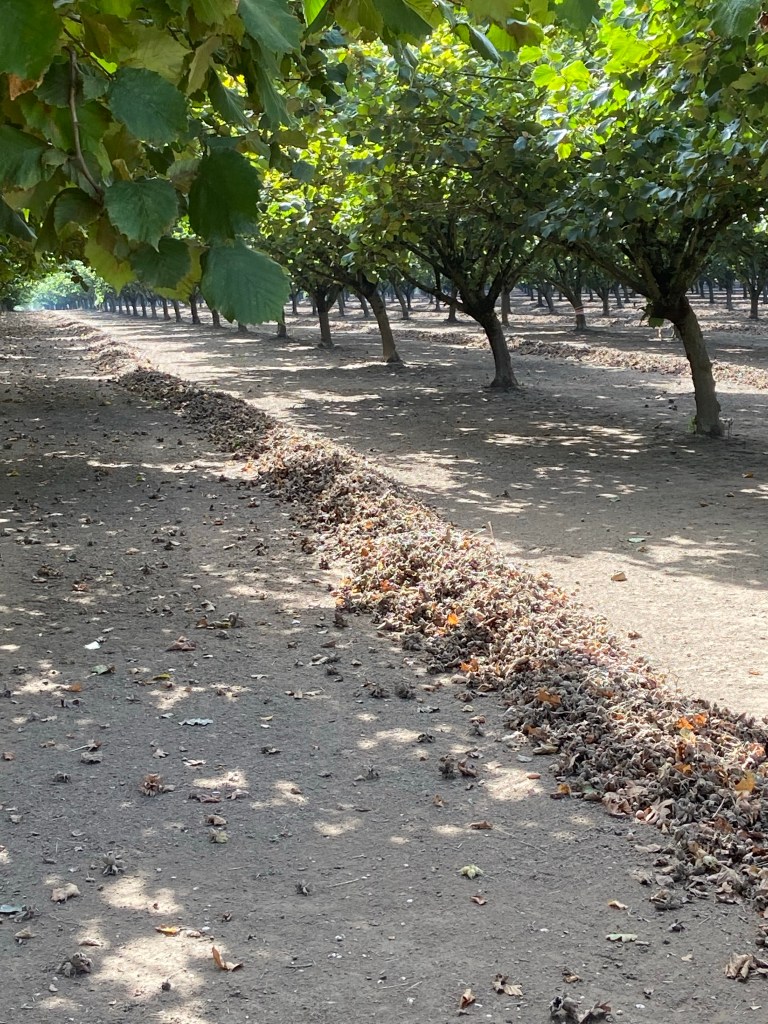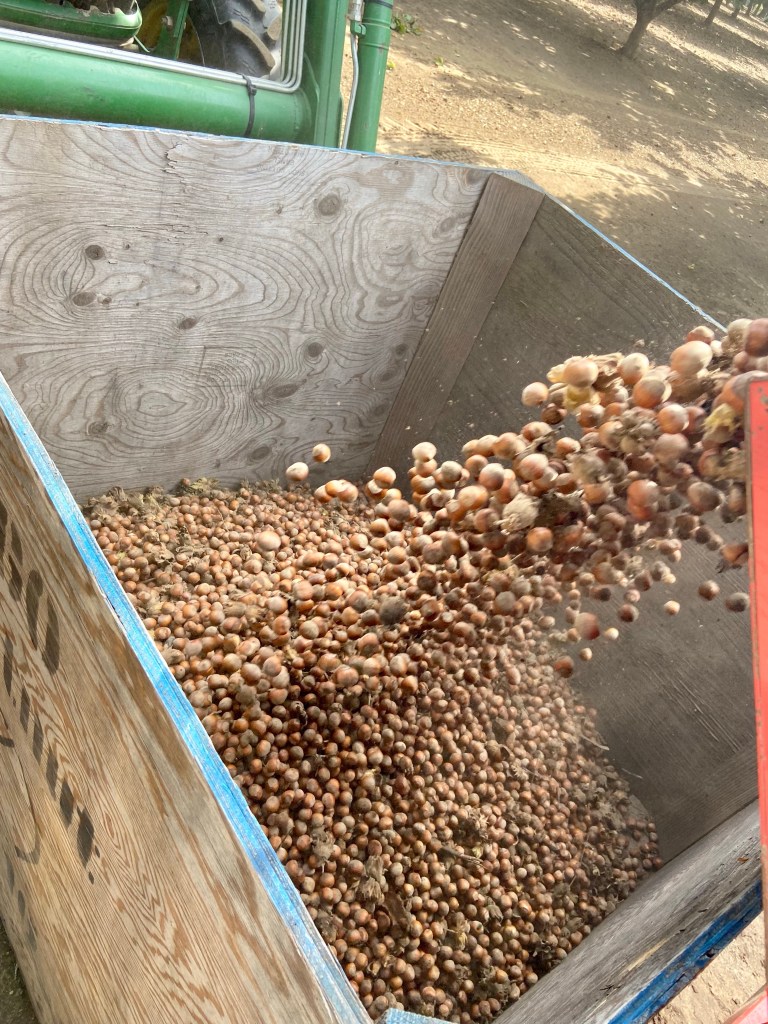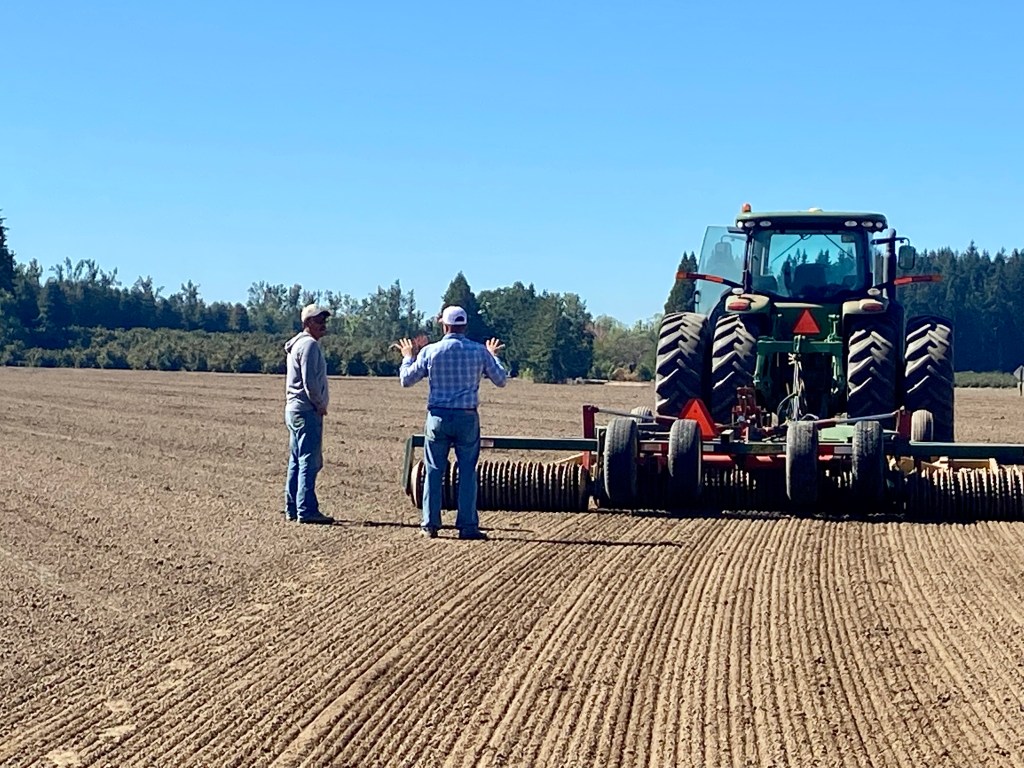Our kids have always wanted to be on the farming side of life. They constantly ask where they can work ground, plant their own fields, work on their own projects, etc. Last year the project that they took on was handmade straw bales. Together we made hundreds of hand-tied straw bales that were sold at markets, alongside the road, and by word of mouth. This year the kids wanted to add to their idea and thought “what about Indian corn?” Not sure how this venture will end….but it’s been a fun project so far with their papa.

Then one day they came to us to ask what we had planned to do with the wheat straw from the field across the road. They thought that maybe they could use a small baler, maybe they could ask the neighbor to help us out and make small bales for a porch size to sell this fall? Well being only 5, 7, and 9 years old, I wasn’t sure how much “help” they would be. I sort of figured it would look a lot like Matt and I doing all the work for “their project”. But we agreed to try it out this year, and lo and behold I was wrong.
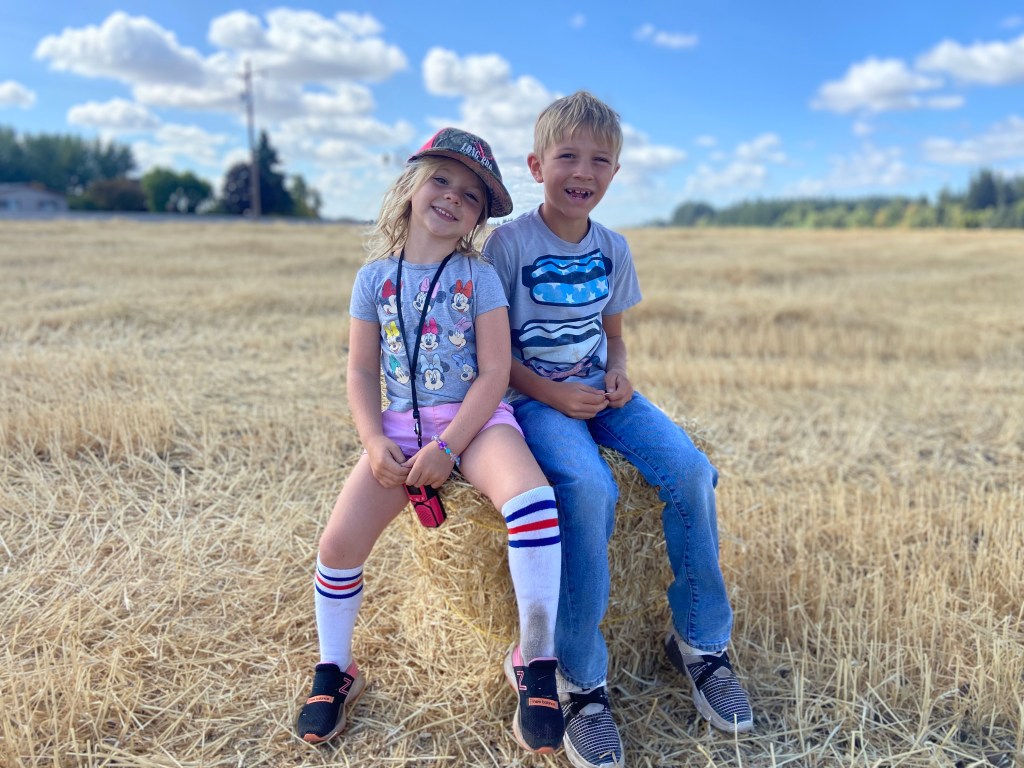
In the span of time at the start of summer when the idea was pitched to when the baler showed up in the field for their first lesson from our very kind neighbor, Hoot and Auggie had learned how to drive quite a few things around the farm; a 4-wheeler, a combine, a tractor. So, they jumped right in on the chance to do the baling and they both did great. If one was in the tractor the other, along with Millie of course, was out with me making sales to other local businesses for wholesale and thinking of other ways we could sell to local customers.

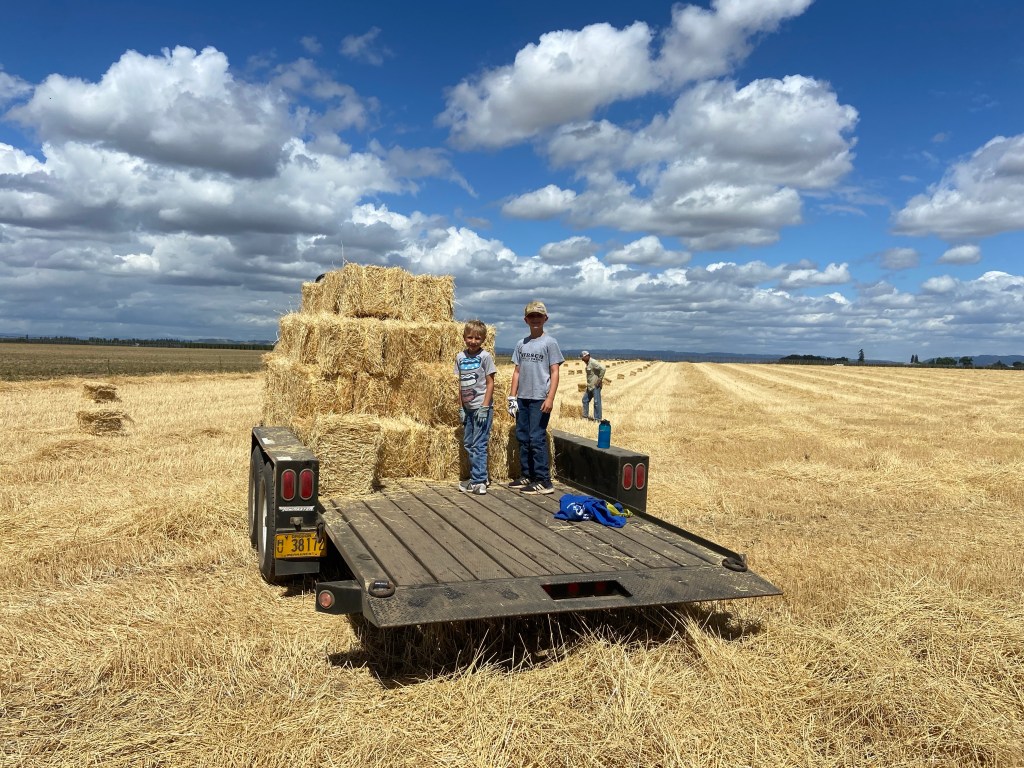
When it was time to pick up all those bales from the field, we worked as a whole family. Matt and I loaded them on to the trailer edge, the boys stacked them up and Millie along with Booker kept the tractor down the center of the rows. It didn’t take long and we had all the bales in the barn for this year for the last step of this project…selling all these bales!

It’s great to have a business that we can share so closely with our kids. I love to see how their minds find ideas and ways to do things that I never would have ventured to do myself had it not been for them asking and also their willingness to work hard to get the job done. It’s satisfying as a parent to see that in your kids at such a young age and know that we had a hand in giving them that start. They have already learned some valuable business lessons as well; which I have no doubt will serve them in their years ahead.

If you’re interested in buying any of these small porch bales (about 18” cube size) from these young entrepreneurs feel free to contact me for more information!
